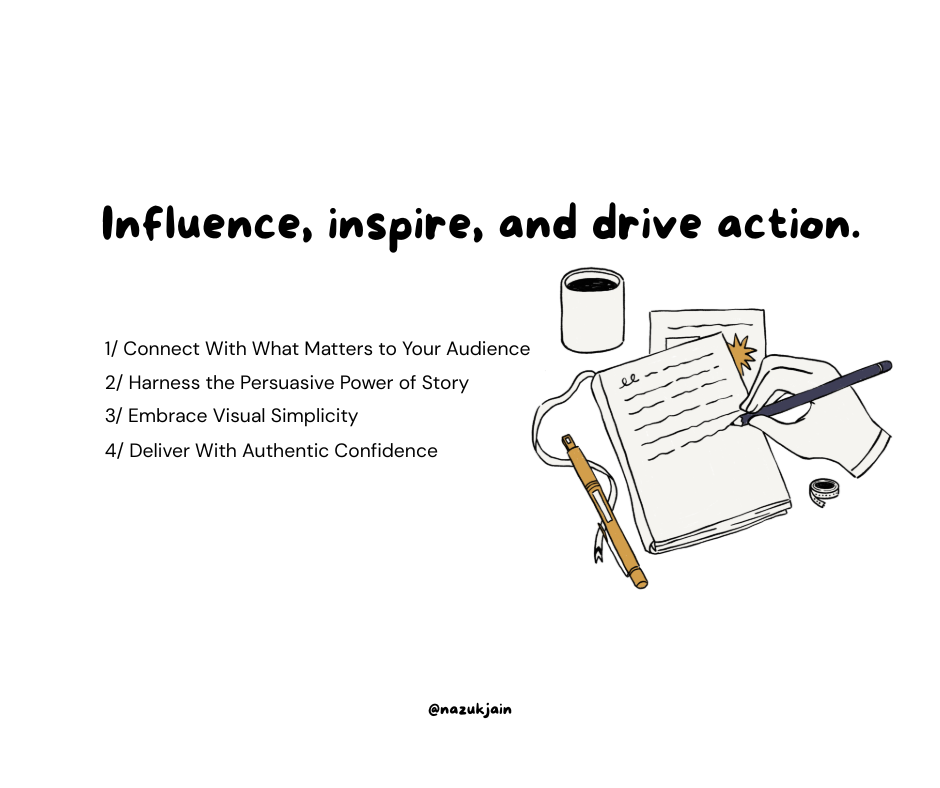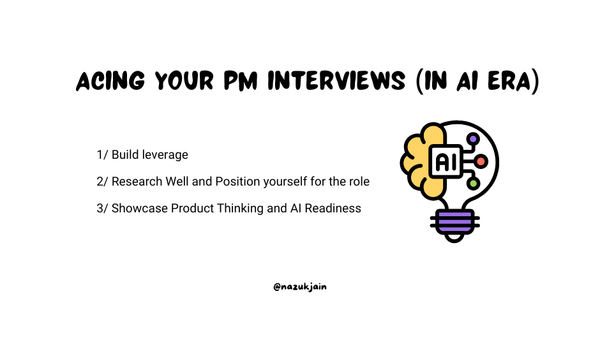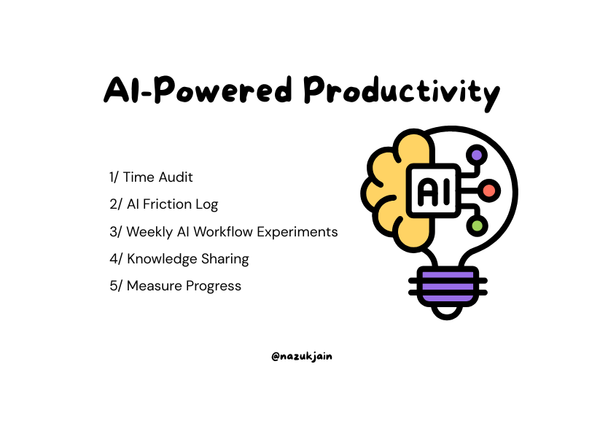I honestly stole this storytelling framework
You won’t just present, you’ll influence, inspire, and drive action.

Intro
This week's newsletter is a special edition on high demand. A reader sent me a note and said, "These tips are so great, and I eagerly wait for Tuesdays for your newsletter so that I can practice again using your frameworks and AI prompt you shared last week worked so well. I wish you sent a newsletter more often."
So while I’m not ready to commit to a more frequent newsletter just yet, I’ll do my best to send you a few extra issues when inspiration strikes.
Because let’s be real, soft skills aren’t something you “learn” once. They’re something you keep showing up for, one conversation, one habit, one brave moment at a time.
Deep Dive
When practiced well, Nancy Duarte’s Presenting Like a Pro might be the only framework you need. Master these, and you won’t just present, you’ll influence, inspire, and drive action.
Creating presentations that truly move people to action requires more than just information—it demands a thoughtful approach to audience needs, storytelling, visual clarity, and confident delivery. Here's a refined framework to elevate your presentations from informative to transformative:
1/ Connect With What Matters to Your Audience
The most powerful presentations address audience needs first. Before crafting a single slide, ask yourself: What challenges keep my audience awake at night? What outcome would they consider valuable?
Example:
Self-focused: "Our AI platform uses advanced algorithms and machine learning to optimize processes."
Audience-focused: "Many of you mentioned in our pre-meeting survey that manual data entry consumes 30% of your team's time. Today I'll show you how our solution can reclaim 25 of those hours weekly."
2/ Harness the Persuasive Power of Story
While data informs, stories transform. Effective presentation stories follow a simple arc: establish the challenge, highlight what's at stake, reveal your solution, and celebrate the transformative outcome.
Example:
Data only: "Implementation takes 14 days with an average ROI of 267% within the first quarter."
Story-driven: "When Metro Health implemented our platform last March, their IT director Jessica was skeptical about the timeline. Her team had been burned before by vendors promising quick integration. But within two weeks, not only were they fully operational, Jessica's team measured a 267% return that first quarter. Now she jokes that she's our unofficial spokesperson because it's the first solution that delivered exactly what was promised.
3/ Embrace Visual Simplicity
The most impactful slides follow a "less is more" philosophy. Replace text-heavy slides with a clear visual hierarchy—one compelling image paired with a single key takeaway.
Example:
Cluttered slide: 7 bullet points explaining features, a complex chart, and multiple competing visuals
Focused slide: A single powerful image of a team celebrating, with just one headline: "93% of teams report improved morale within 60 days"
4/ Deliver With Authentic Confidence
Even brilliant content falls flat without dynamic delivery. Move beyond monotone slide-reading by varying your pace, using strategic pauses after key points, and employing natural movement.
Example:
Flat delivery: Reading bullet points in a consistent tone while standing in one spot
Dynamic delivery: "There are three critical factors that determine success in this space. [step forward] The first—and most important—is integration speed. [pause] When systems talk to each other effectively, [gesture connecting] everything else becomes possible."
By mastering these four elements—audience focus, storytelling, visual clarity, and confident delivery—you'll create presentations that don't just inform but influence, inspire, and drive meaningful action.



